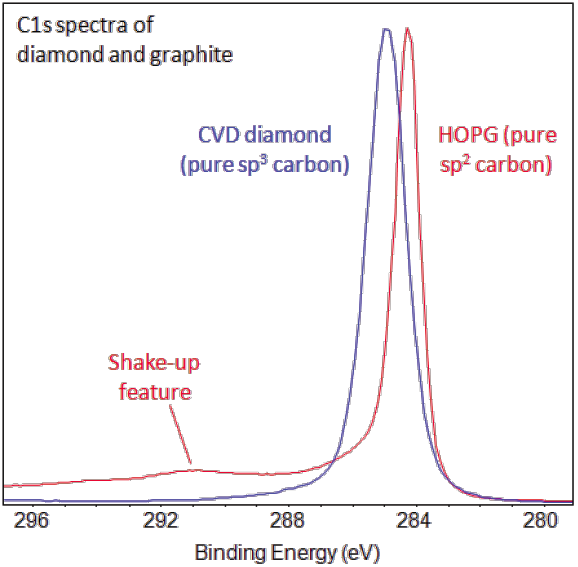

The resulting PPy configuration is dependent on the synthetic route and variables such as the type of the dopant anions employed. Additionally, the chemical, electrical, and mechanical properties of PPy can also be linked to its morphology (i.e., the physical organisation of the macromolecules on a microscopic scale), which is determined by the conformation and arrangement of the Py chain segments in space (Fig. This electron transfer occurring between PPy and the dopant anion (i.e., anion from the oxidizing agent) causes electron relocalization and in turn the structural lattice distortion of the PPy ring 26. Polarons form upon oxidation, when a π-electron is removed from the neutral PPy chain, whereas bipolarons appear upon further oxidation, when a second electron is removed from the PPy chain 25. These are oxidized states of PPy, associated with intermediate energy levels arose within the electronic band gap region of the polymer due to oxidation 24). Most of the chemical, electrical, and mechanical properties of PPy originate from its hetero-atomic and conjugated backbone structure (σ and π bonds) 11, which contains polarons and/or bipolarons. The latter implies higher throughputs and simpler instrumentation 22, 23. The electrochemical synthesis enables a wide choice of oxidizing agents, and localized control over material thickness and geometry, whereas the chemical synthesis provides the ability to generate nanostructures in a continuous, rather than batch mode. Apart from those factors, the electro-polymerization of PPy also depends on the applied voltage and current density 21. The final properties of PPy in both synthesis methods are strongly dependent on factors such as the Py concentration, type of oxidizing substance and solvent 19, 20, 21. While electro-polymerized PPy is achieved using an appropriate electrolyte solution (Py and an oxidizing agent) under constant applied voltage or current in an electrochemical cell, chemically polymerized PPy is achieved via wet chemical synthesis by the oxidation of Py with an oxidizing agent such as FeCl 3. In particular, PPy has been synthesized in the form of nanoparticles 12, 13, nanowires 14, 15, nanorods 16, nanotubes 17 and nanoribbons 18 generally by electrochemical (electro-polymerization) or chemical methods, with both referring to the oxidative polymerization of the monomer pyrrole (Py). The main advantage of CPs lies in their capability to operate at room temperature, as opposed to semiconducting metal oxides, which need high temperatures to operate (typically between 200 ☌ and 500 ☌ 11). However, functional conductive polymers (CPs) including polyaniline (PANI) 4, 5, polydiacetylene (PDA) 6, 7, poly(3,4-ethylenedioxythiophene) (PEDOT) 8 and polypyrrole (PPy) 9 have shown potential for a next generation of flexible and wearable gas sensors 10. Inorganic materials based on metals 2 and/or semiconducting metal oxides 3 are the most commonly used and studied gas sensitive materials. These materials have also shown versatility for their surface modification, improving the selective detection of different vapours and gases 1. Specifically, gas sensitive nanomaterials have proven possessing enhanced functionalities with better sensitivity and stability.

Nanomaterials belong to one of the most active research areas of science and technology due to their size dependant properties, which are beneficial in different applications including medicine, environment, energy and various industries.

These results contribute to elucidate the mechanisms involved in ammonia detection and the influence of the synthesis routes and the physical/chemical characteristics of PPy. Thus, the different detection mechanisms in PPy NRs and PPy NPs appear to be connected to the particular morphological and chemical composition of each film. Results demonstrate that the electrochemically synthesized NRs involve both proton and electron transfer mechanisms during ammonia exposure, as opposed to the chemically synthesized NPs, which show a mechanism dominated by electron transfer. Raman and XPS analysis after ammonia exposure show changes in the physical/chemical properties of PPy, confirming the potential of both samples for ammonia sensing. Additionally, XPS reveals the presence of neutral PPy species as major components in PPy NRs and PPy NPs, and other species including polarons and bipolarons. Characterization of both nanomaterials via Raman spectroscopy demonstrates the formation of PPy, displaying vibration bands consistent with the literature. Polypyrrole (PPy) nanorods (NRs) and nanoparticles (NPs) are synthesized via electrochemical and chemical methods, respectively, and tested upon ammonia exposure using Raman and X-ray photoelectron spectroscopy (XPS).


 0 kommentar(er)
0 kommentar(er)
